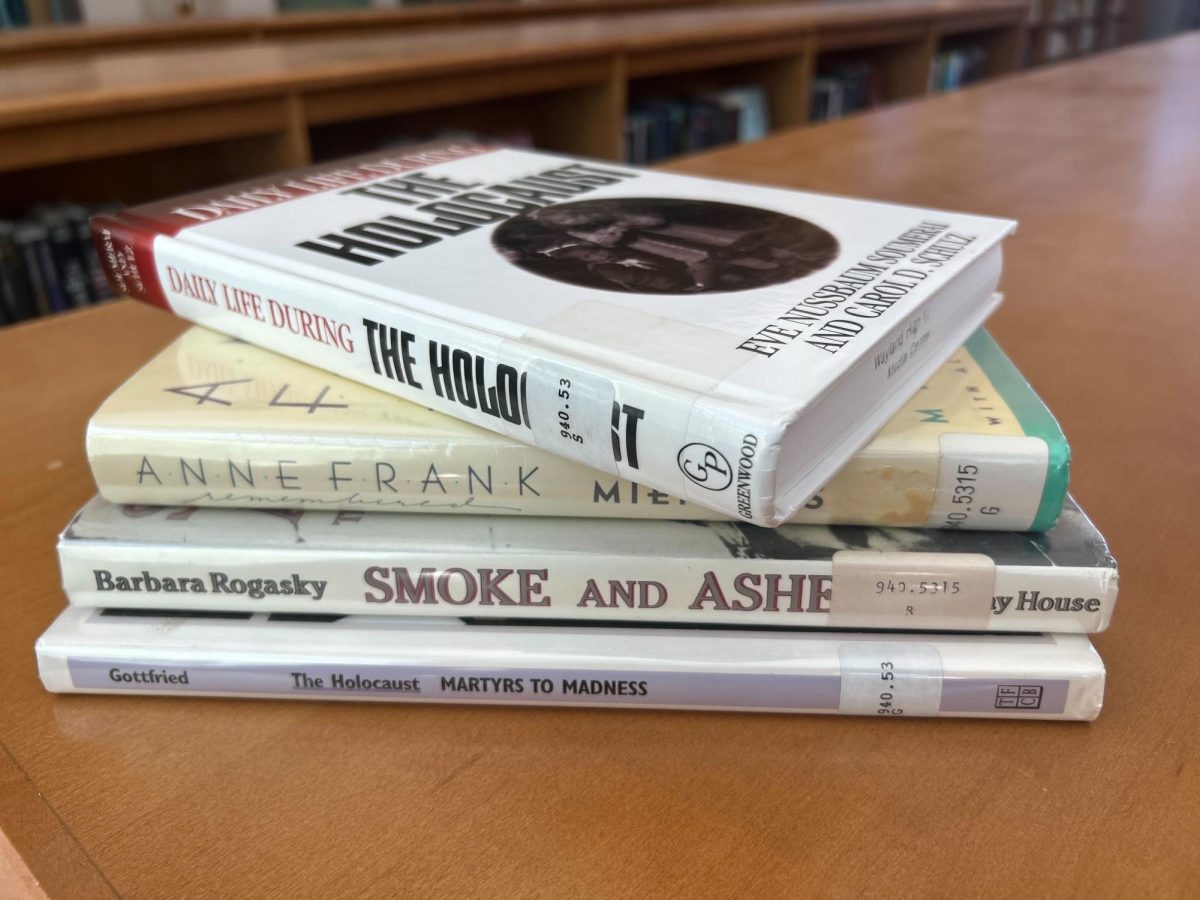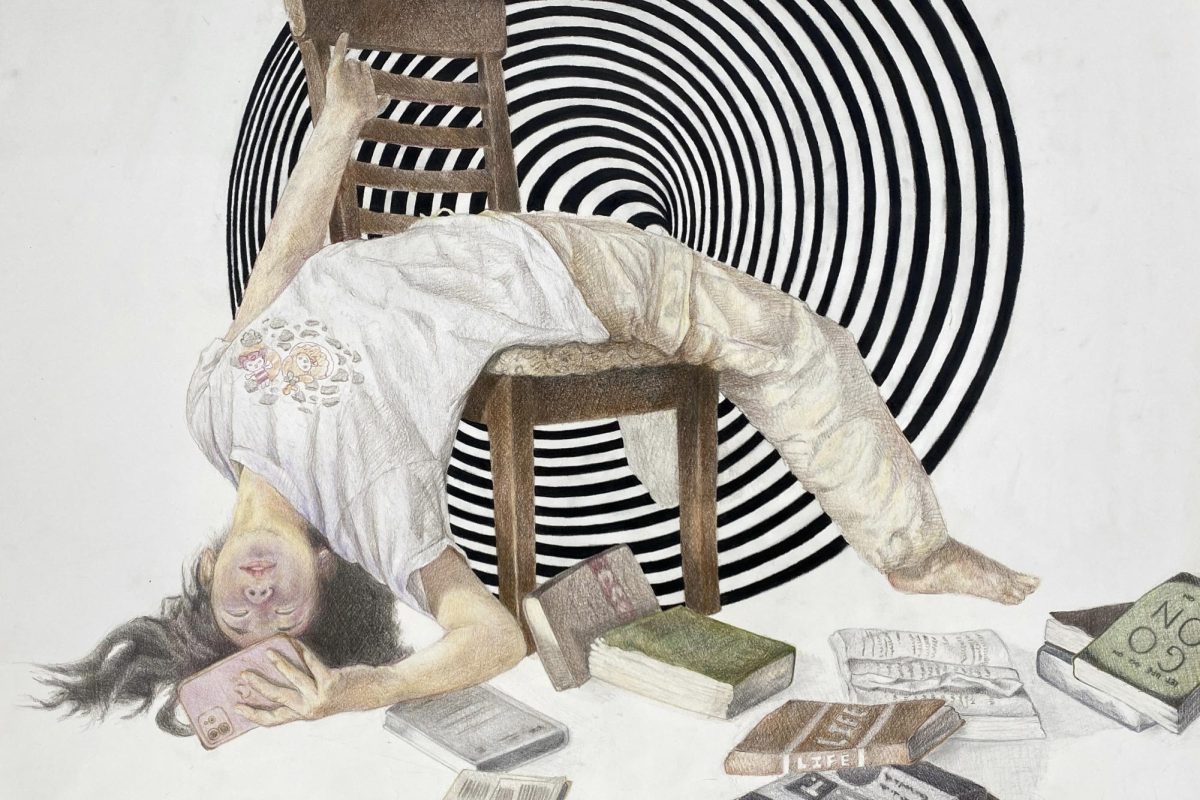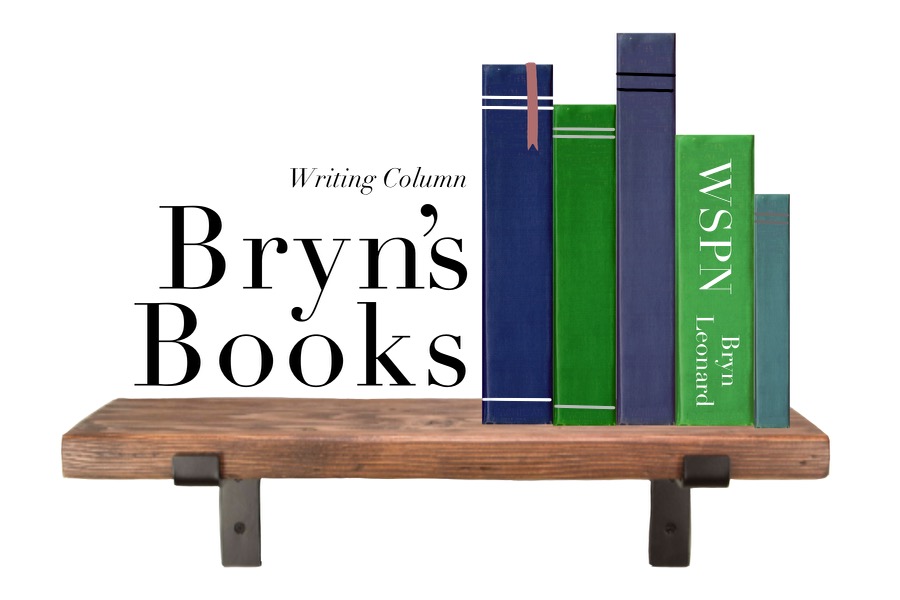Bryn’s Books: The Picture of Dorian Gray
Credit: Elizabeth Zhong
exrctyubibyf8yb
March 3, 2021
In late 19th century London, England, the young and handsome Dorian Gray sits patiently for the painter and friend, Basil Hallward, to finish Gray’s long-awaited portrait. Basil is enthralled by Gray’s beauty and pureness and fears that Gray would become influenced and change his ways one day. Basil’s friend, Lord Henry Wotton, upsets the curious Gray with the idea that youth, beauty and pleasure are the only things that matter in life. Once Basil finishes the painting, Gray is amazed at the marvelous portrait of himself. He is soon disheartened in realizing that his portrait will be forever young and beautiful while he grows old and ugly. Gray curses his portrait by wishing that the painting should grow old while he stays young.
As the years progress in Gray’s life, Gray remains the same young and attractive man and becomes corrupt and egotistical while causing harm (emotionally and physically) to those around him. The effects of his poor actions cause his appearance in the portrait to become deformed and hideous.
“The Picture of Dorian Gray” begins with a preface that seems quite unrelated to the rest of the story. The preface praises the idea of beauty and expresses author Oscar Wilde’s philosophy on art itself, which abruptly ends with one of my favorite lines of all time: “all art is quite useless.”
A significant theme in the novel is the power of art in human life and how it can shape our thoughts. The art we view and admire is essentially interpreted in our unique way. Basil’s portrait can be seen as an artful representation of the human soul that depicts the consequences of pursuing pleasure above all else in life as the picture turns into a hideous version of Gray over time. The portrait bears his sins and age and acts as a mirror to his soul.
One of the primary ideas expressed throughout the novel is Hedonism, which is the pursuit of pleasure above all else. Lord Henry is a firm believer in Hedonism, and Gray becomes completely consumed and obsessed by Lord Henry’s character and ideas. Lord Henry even gives Gray a special yellow book about Hedonism, which corrupts Gray’s beliefs and cultivates him in his quest for fulfillment in life. The story signifies the power of influence and how it can impact and change our lives for the better or worse. Gray’s character develops in an interesting way by his obsession with Hedonism when Lord Henry leads him down this emotionally self-destructive path. With these harmful ideologies, Gray sacrifices his friendships and romantic relationships and creates a life full of misery, which is contrary to what the idea of Hedonism intends to do.
Wilde’s writing style, which includes elements from realistic fiction and fantasy genres, creates a vivid picture for the reader. The novel is classified as Gothic horror because it contains components that concern the supernatural and the unknown. Wilde’s dark tone produces an ominous feeling for the reader to experience. Since the novel is written in the third person omniscient voice, the reader gets an insight into multiple characters’ thoughts and feelings. Wilde uses an abundance of imagery, creating scenes that feel like the reader is watching a film.
Most sections of the story were enjoyable to read; however, the ending was somewhat predictable but still satisfying overall. Some of the language was difficult to understand and comprehend, and certain scenes were boring.
The novel made me question the power of influence and how we can indoctrinate ourselves with toxic ideologies that negatively impact our lives. I recommend this book for anyone interested in classic Gothic literature and who loves thought-provoking ideas on theories in life such as Hedonism and the power of beauty.
Bryn’s rating: 4/5





![Last Wednesday, the Wayland School Committee gathered to discuss a number of topics regarding the health curriculum and Innovation Career Pathway course. Another large topic of conversation was the ways to potentially mitigate distracting cell phone usage. "These [phones] are going to distract your learning and social relationships," Superintendent David Fleishman said. "That's concrete right there."](https://waylandstudentpress.com/wp-content/uploads/2025/06/Screenshot-2025-06-04-at-9.49.31 PM-1200x886.png)

























